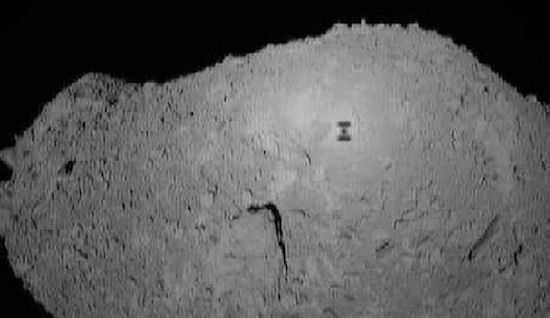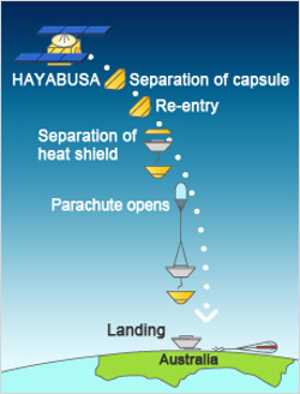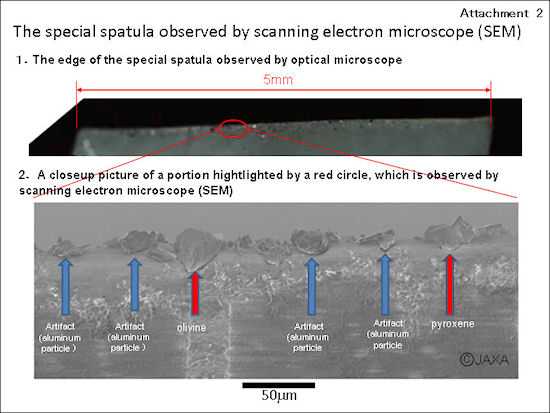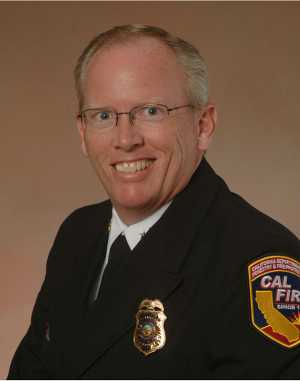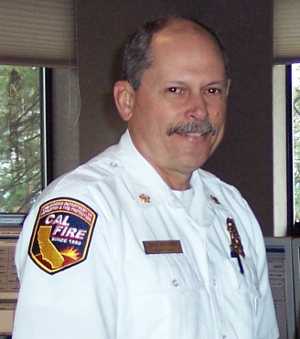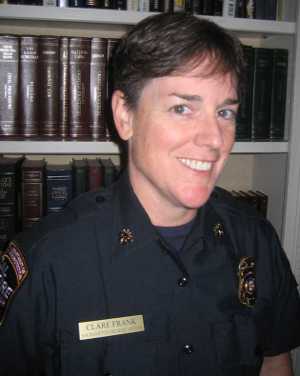- Lake County News Reports
- Posted On
The Veggie Girl: Carrots and their many delectable uses

I hadn’t planned to write about carrots for today’s column, but awakening to snowy weather on New Year’s Day planted the seed in my mind.
Though carrots aren’t seasonally a winter veggie (their peak-of-season is midsummer to early fall), they’re used frequently this time of year in comforting cold-weather foods like soups and stews. In fact, it’s hard for me to think of winter cuisine without carrots coming to mind.
I came home the other evening and my mother (who’s now living with my family and me) had made a beautiful dish of carrots infused with honey and mint. The marriage of these flavors is reminiscent of North African or Indian cuisine, and the combination is so pleasant that it would be easy for me to eat a whole pot’s worth on my own!
I adapted my mother’s free-form version into a recipe, and the result is below. The thing that’s beautiful about such simple recipes is that they’re so easily adapted to your own style and taste. One can add a bit more or less honey or mint depending on taste, or use olive oil instead of butter. The herb can be switched up, as well, such as using basil or thyme instead of mint.
Perhaps more than any other vegetable, carrots may just as easily be used in sweet dishes as in savory ones. In addition to carrot cake (rivaling pumpkin pie as a favorite sweet veggie treat), they may be used in cookies, muffins, and scones.
Sweet carrot pudding is a dish that’s traditional in a variety of cultures around the world; however, an unsweetened version of the dish is used as a savory accompaniment to a main dish.
In Ireland, sweet carrot pudding has been served since at least the 18th century, and 1876 marks the first recorded use of it in the U.S.
The creamy, sweet Indian dessert is what comes to mind for me when the words “carrot pudding” are uttered. Depending on the recipe, the Indian version can include ingredients as exotic as pistachios and rosewater, or it can simply contain carrots, sugar, and rich milk flavored with a bit of cardamom.
In India the dish is called “gajar halwa,” and when made there, red carrots are used, which give the dish a deep color.
Surprisingly, carrots were not originally orange. Until the 17th century, carrots grown in Europe all had slender yellow or purple roots.
The carrot’s orange color came about through the efforts of breeders in the Netherlands during the Dutch struggle for independence from Spain, when orange represented Dutch patriotism.
Today’s carrots may be found in a veritable rainbow of varying shades of red, yellow, purple, white, and, of course, the more common orange. A rare variety of pink-red carrot is grown in Northern India.
Dual-colored carrots, such as those with purple exteriors and orange interiors, have been developed through the years. These types of carrots make a dramatic presentation at the table when cut to showcase both colors, especially when used raw in a salad.
Carrot roots come in plethora of shapes, from stubby and round to long and slender, some as long as 3 feet. Ultra tender baby carrots have become popular in recent years, but beware of packaged supermarket varieties, which are not actually immature carrots, but large carrots which have been cut and rounded.
Modern day carrots are descendents of a wild plant native to Afghanistan, and were first cultivated there in the 10th century, though it may be earlier. A variety of wild carrot that’s common to the U.S. is Queen Anne’s Lace, which can be found in meadows and along many a roadside.

Selected breeding over the centuries has reduced bitterness and minimized the woody core and given us today’s carrot, which has a higher sugar content than any vegetable, save beets. Despite this, paradoxically, the carrot is considered a good blood sugar regulator.
Carrots are related to celery, chervil, dill, fennel, parsley and parsnips, and like some of their relatives (such as dill and chervil), they were initially cultivated for their greens and seeds. Over time the roots became the more popularly eaten component of the plant.
Carrots are compatible with a large variety of seasonings and flavors. In addition to mint, dill, fennel, cinnamon, ginger, coriander, nutmeg, orange, tarragon, mustard, maple syrup, brown sugar and thyme are also great accompaniments for them.
When I prepare them as a side dish, I typically add a little orange juice or zest while they’re cooking and finish them by tossing with a sweet spice like coriander or nutmeg. Fresh dill with just a touch of lemon zest is another good combination for carrots.
I also love pairing them with honey and mustard. To do this, I roast the carrots in the oven with a bit of olive oil, salt and pepper until they’re tender, and then toss them in a glaze of honey and Dijon mustard in a pot on the stove top. It’s remarkable how such a simple process produces such a rich taste!
Carrots are one of the three components in mirepoix (pronounced meer PWAH), the French name for a combination of carrots, celery and onion which forms the flavor base for a wide range of dishes.
Traditionally, the ratio for ingredients is two parts onions to one part each celery and carrots, based on weight, not volume. These three ingredients are commonly referred to as aromatics.
Similar combinations are known as holy trinity in Creole cooking, refrogado in Portuguese cooking, soffritto in Italian and sofrito in Spanish. The combinations vary; for example, the Italian version may contain garlic, fennel and herbs, and is sautéed in olive oil, rather than butter as the French do.
The health benefits of carrots are legendary. Their vitamin A content is off the charts; in fact, they’re the richest vegetable source of pro-vitamin A carotenes.
Carrots' antioxidant compounds help protect against cardiovascular disease and cancer and also promote good vision, especially night vision.
I’ve always wondered how the vitamin A in carrots protects and improves our vision, and I found a great explanation at www.whfoods.org:
“Beta-carotene helps to protect vision, especially night vision. After beta-carotene is converted to vitamin A in the liver, it travels to the retina where it is transformed into rhodopsin, a purple pigment that is necessary for night-vision. Plus beta-carotene's powerful antioxidant actions help provide protection against macular degeneration and the development of senile cataracts, the leading cause of blindness in the elderly.”
If you juice raw veggies and fruits, you probably know that carrot juice is fantastic with a variety of other ingredients, including ginger, orange, beet and celery. Carrot juice’s pleasantly sweet taste makes it a good base for many fresh juice drinks, and with its wealth of nutrients, it’s a good choice.
Before I leave you with today’s recipe, I want to share two other reasons the snow made me think of carrots: first, they develop an intense sweetness if they’re left in the ground during a frost; and secondly, they’ve been used by many a snow artist as a snowman’s nose.
On this latter note, I’ve taken two photos of snowmen that appeared with carrot noses near my home on New Year’s Day.
Happy New Year!
Honey-mint carrots
6 to 8 small carrots (about a pound)
1 teaspoon kosher salt, plus more to taste
1 tablespoon finely chopped fresh mint
1 to 2 tablespoons unsalted butter
1 tablespoon honey
Wash and peel the carrots and cut them into thin rounds. (If carrots are fresh from the garden, scrubbing, rather than peeling, is fine.)
Place them in a pot with just enough cold water to cover them.
Bring them to a boil over medium-high heat, adding salt when water begins to boil.
When carrots are nearly tender, drain most of the water, leaving about a tablespoon in the pot. Return to stove over medium-low heat.
Add the butter and honey, and cook a few minutes until butter is absorbed, carrots are tender and honey begins to caramelize.
Remove from heat and add mint. Add salt to taste, if desired.
This makes about three or four servings.
Esther’s note: Mint and other large-leafed herbs may be chopped by layering leaves, rolling them up cigar style and cutting into thin slices. This is a time saver because it saves having to chop each leaf individually.
Esther Oertel, the “Veggie Girl,” is a culinary coach and educator and is passionate about local produce. Oertel teaches culinary classes at Chic Le Chef in Hidden Valley Lake, Calif., and The Kitchen Gallery in Lakeport, Calif., and gives private cooking lessons. She welcomes your questions and comments; e-mail her at This email address is being protected from spambots. You need JavaScript enabled to view it..
Follow Lake County News on Twitter at http://twitter.com/LakeCoNews , on Facebook at http://www.facebook.com/pages/Lake-County-News/143156775604?ref=mf and on YouTube at http://www.youtube.com/user/LakeCoNews .



